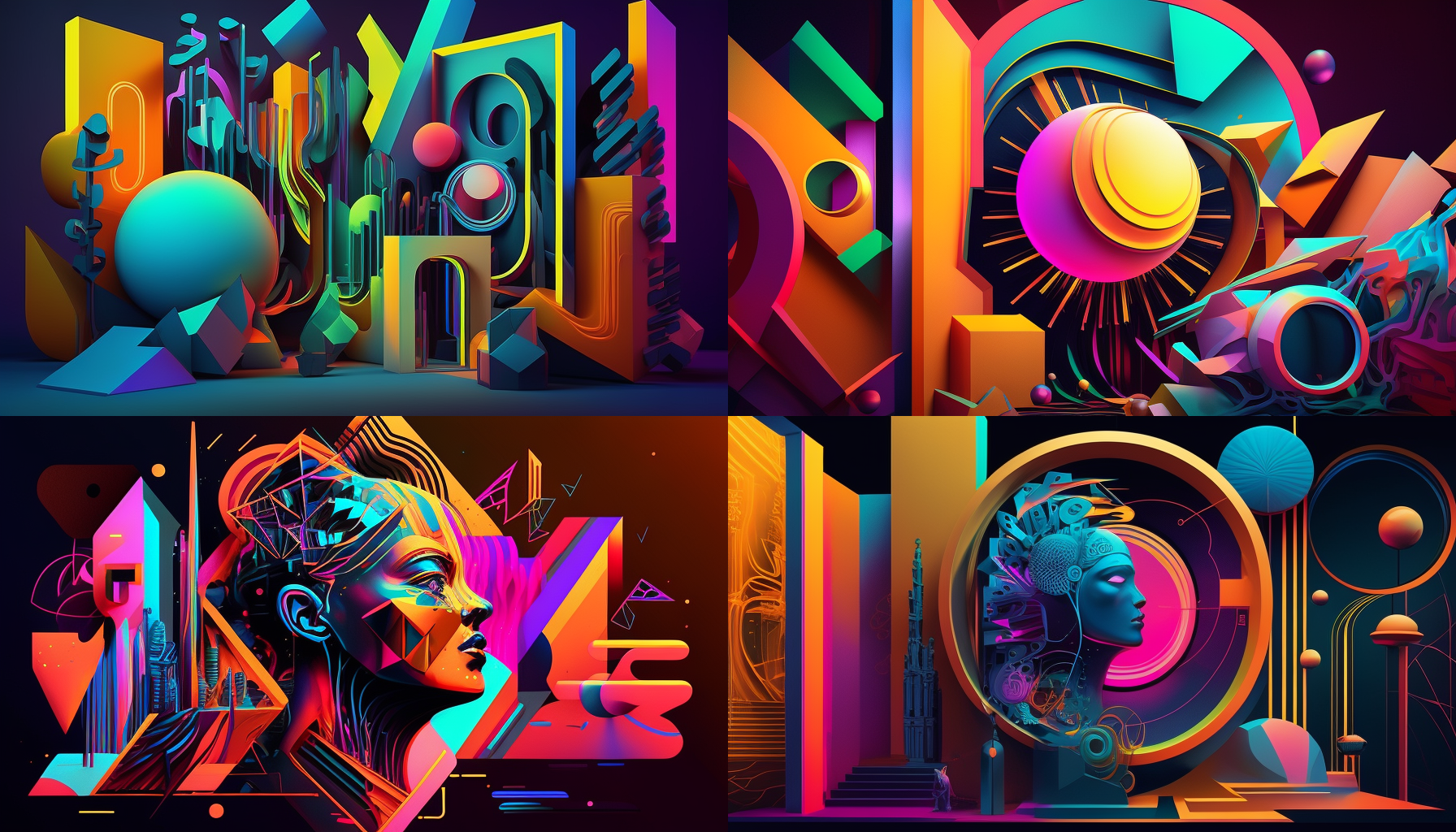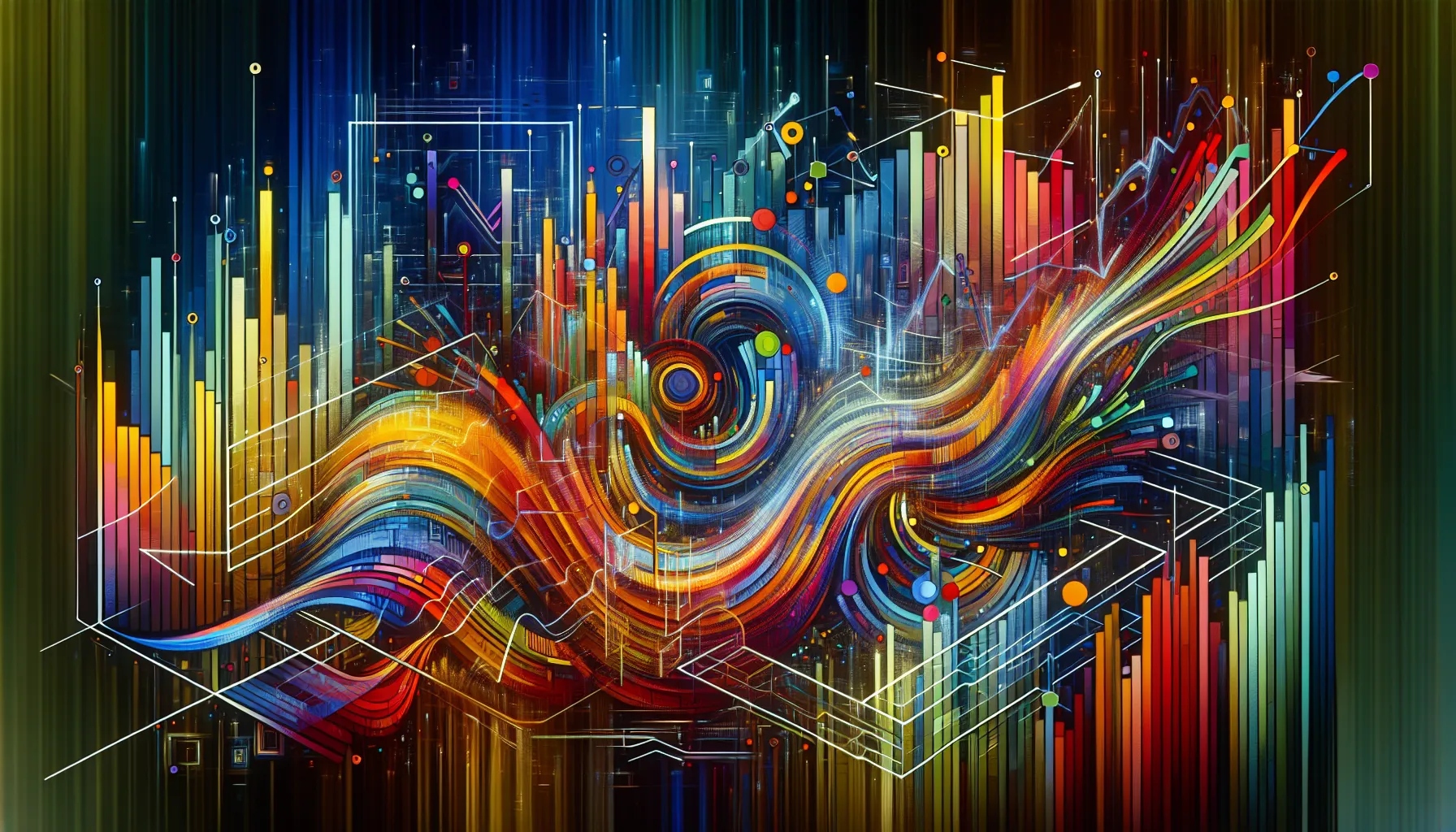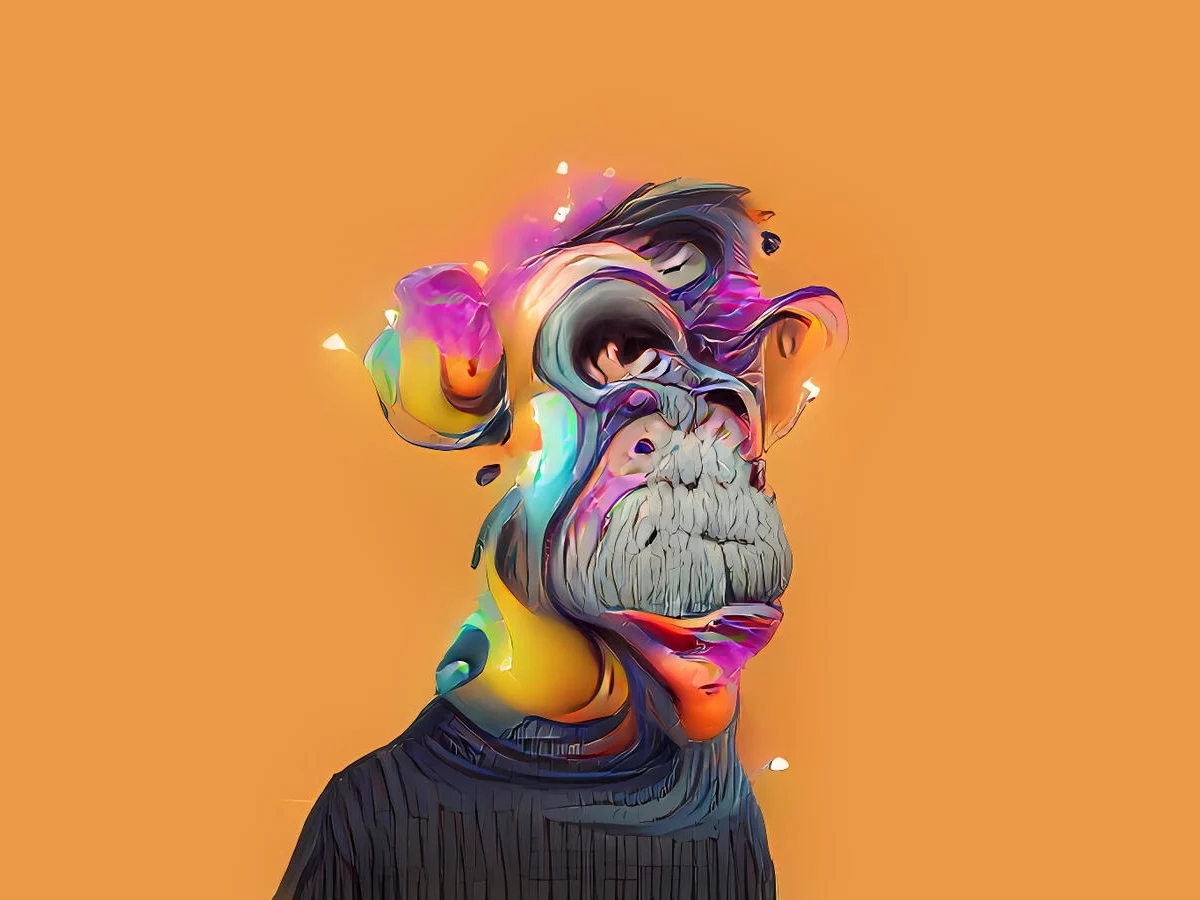Impact Of NFTs On Art Industry - A New Frontier For Artists And Collectors
Discover impact of NFTs on art industry: from ownership to distribution. Explore the impact now!
Author:Camilo WoodReviewer:Stefano MclaughlinFeb 12, 20245.5K Shares138.7K Views

Non-Fungible Tokens (NFTs) have surged in popularity, captivating the art world with their potential to revolutionize how digital art is created, sold, and owned. NFTs are unique digital assets that are stored on a blockchain, providing proof of ownership and authenticity. In recent years, impact of NFTs on art industrywas profound, reshaping traditional models of art ownership, distribution, and monetization.
For collectors and digital artists, NFTs have various benefits. First, they remove the possibility of plagiarism or duplication, allowing artists to produce and market rare and original digital works. They also let artists to establish their own conditions and prices, as well as to keep the copyright and revenues associated with their creations.
Second, they give collectors a means to acquire and exhibit digital work that comes with provenance and authenticity documentation. Additionally, they give collectors access to a wide range of international markets and let them to exchange and resell their NFTs on secondary markets.
Thirdly, they give rise to a fresh mode of artistic expression and creativity whereby digital art can take on interactive, dynamic, or collaborative qualities, as well as allow for the emergence of new genres and styles.
Let's understand the impact of NFTs on the art industry:
Democratizing Access To Art
One of the most significant impacts of NFTs on the art industry is their ability to democratize access to art. By leveraging blockchain technology, artists can create and sell digital artworks directly to collectors without the need for intermediaries such as galleries or auction houses.
This decentralized approach enables artists from around the world to showcase their work to a global audience, breaking down barriers to entry and fostering greater diversity and inclusivity in the art world.
Transforming Digital Art
Works of art produced through the use of digital technology include pictures, movies, drawings, animations, paintings, and sketches. But before NFTs, digital art had a hard time becoming valued and recognized. The incapacity to differentiate authentic artifacts from replicas impeded the acquisition and expansion of the market. The way that digital art is perceived and recognized has changed for the better as NFTs provide digital artworks a distinct owner and public worth.
Increasing The Value Of Digital Art
NFTs have played a key role in giving digital artworks a monetary value and turning them into commodities that can be collected. Before blockchain technology, digital art's replicability made it harder to value. By introducing ownership transparency and authentication measures, NFTs have raised the appraisal and market value of digital art to levels comparable to those of traditional art forms.
Acknowledgment By The Fine Art Establishment
The idea that digital art wasn't "real art" was sustained by the fine art industry's failure to acknowledge it. But much like with conventional art forms, digital art demands the same degree of creative vision and proficiency. The fine art establishment has been forced to recognize and value digital art due to the development of NFTs and their corresponding market value. Notably, well-known auction houses like Christie's and Sotheby's have made it easier to sell digital artworks in the past.
Empowering Artists
NFTs empower artists by providing them with greater control over their creative output and financial destiny. Artists can tokenize their work as NFTs, retaining ownership rights and receiving royalties whenever their art is resold in the secondary market. This opens up new revenue streams for artists, allowing them to monetize their work more effectively and build sustainable careers without relying solely on traditional art market channels.
Monetizing Digital Art
NFTs have unlocked the potential for artists to monetize digital art in ways that were previously not possible. By tokenizing digital artworks as NFTs, artists can create scarcity and exclusivity in the digital realm, enabling them to sell unique or limited-edition pieces to collectors. This has led to a proliferation of digital art marketplaces and platforms dedicated to buying, selling, and trading NFTs, fueling a new digital art renaissance.
Transforming Collecting
NFTs have transformed the way art is collected, shifting the focus from physical objects to digital assets. Collectors are increasingly drawn to the allure of owning rare and exclusive digital artworks stored on the blockchain. NFTs offer collectors proof of ownership and authenticity, providing a sense of security and legitimacy in the digital art market. Additionally, NFTs allow collectors to display their digital art collections in virtual galleries or metaverse environments, further blurring the lines between physical and digital art experiences.
Challenges And Controversies
Despite the promise of NFTs, their widespread adoption has sparked debate and controversy within the art world. Critics argue that NFTs contribute to environmental degradation due to the energy-intensive process of minting and trading digital assets on blockchain networks like Ethereum. Additionally, concerns have been raised about the potential for fraud, plagiarism, and copyright infringement in the nascent NFT market. Addressing these challenges will be critical for ensuring the long-term viability and sustainability of NFTs in the art industry.
Cultural Shifts
NFTs are driving cultural shifts in how society perceives and values digital art. As digital technologies continue to permeate all aspects of our lives, the distinction between physical and digital art is becoming increasingly blurred. NFTs represent a paradigm shift in how we define art, ownership, and value in the digital age, challenging traditional notions of art market elitism and exclusivity.
Effect On The Global Art Market
The art market has seen significant transformation as a result of NFTs. There are drawbacks and weaknesses to using paper trails or certificates of authenticity as traditional means of proving origin. Conversely, NFTs use blockchain technology to offer publicly published transactions and easily verifiable provenance. By reducing uncertainty and creating a new route for the art market, this authentication technique has protected the authenticity and worth of artworks.
Impact Of NFTs On Art Industry - FAQs
How Do Artists Benefit From NFTs?
For collectors and digital artists, NFTs have various benefits. First, they remove the possibility of plagiarism or duplication, allowing artists to produce and market rare and original digital works. They also let artists to establish their own conditions and prices, as well as to keep the copyright and revenues associated with their creations.
How Do NFTs Empower Artists In The Art Industry?
NFTs empower artists by providing them with greater control over their work, enabling direct sales to collectors, and creating new revenue streams through royalties.
What Role Do NFTs Play In Monetizing Digital Art?
NFTs enable artists to tokenize their digital artworks, creating scarcity and exclusivity in the digital realm, and allowing for the sale of unique or limited-edition pieces to collectors.
How Have NFTs Transformed Art Collecting?
NFTs have shifted the focus of art collecting from physical objects to digital assets, providing collectors with proof of ownership and authenticity, and allowing for the display of digital art collections in virtual galleries.
How Do NFTs Democratize Access To Art In The Art Industry?
NFTs enable artists from around the world to showcase their work to a global audience, bypassing traditional gatekeepers like galleries and auction houses, and fostering greater diversity and inclusivity in the art world.
What Impact Do NFTs Have On The Authenticity And Provenance Of Artworks?
NFTs provide a secure and immutable record of ownership and authenticity on the blockchain, enhancing transparency and trust in the art market, and reducing the risk of forgery and fraud.
Do Artists Profit From NFTs?
Up to $21.77 per hour is paid to NFT performers. This value could go up or down depending on the artwork. Also, NFT artists charged $232 on average for each piece of art. Nonetheless, a basic NFT from an NFT artist might cost about $50.
Conclusion
The impact of NFTs on art industry is great, empowering artists, democratizing access to art, and transforming the way art is created, sold, and collected. While NFTs offer exciting opportunities for innovation and disruption, they also pose challenges and controversies that must be addressed. As the NFT market continues to evolve and mature, it will be fascinating to see how these digital tokens reshape the future of art and culture in the years to come.
Jump to
Democratizing Access To Art
Transforming Digital Art
Increasing The Value Of Digital Art
Acknowledgment By The Fine Art Establishment
Empowering Artists
Monetizing Digital Art
Transforming Collecting
Challenges And Controversies
Cultural Shifts
Effect On The Global Art Market
Impact Of NFTs On Art Industry - FAQs
Conclusion

Camilo Wood
Author

Stefano Mclaughlin
Reviewer
Latest Articles
Popular Articles

